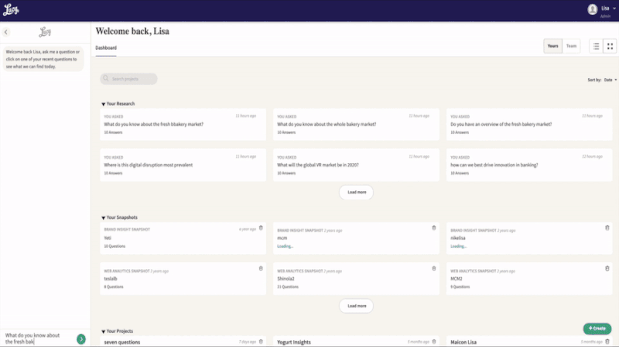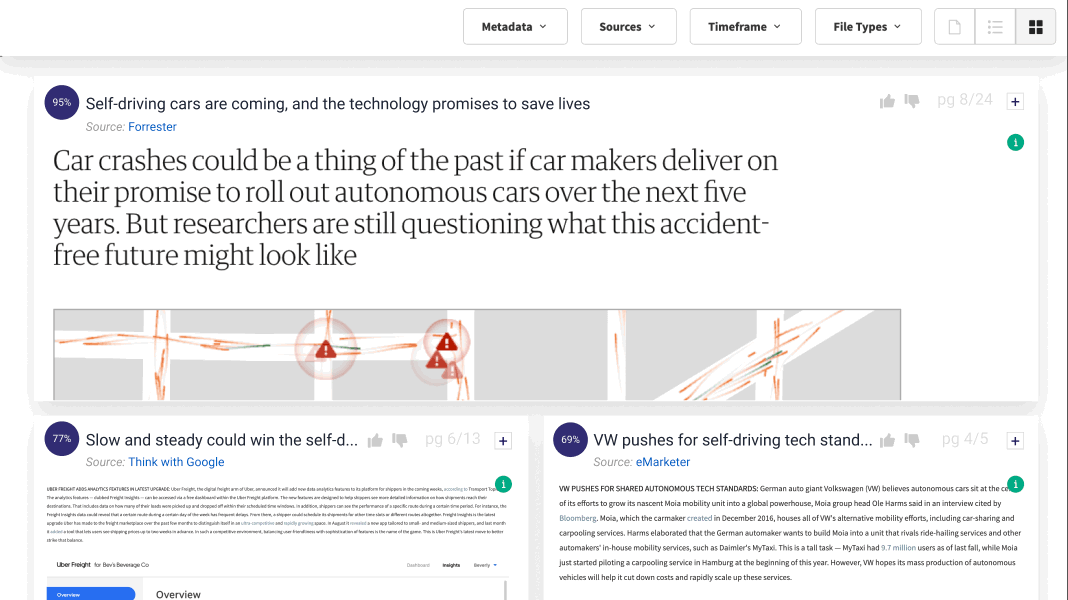More companies are moving away from the traditional five-day workweek to experiment with shorter workweeks. Dan Mallin, CEO of Lucy, explores the benefits of a four-day workweek with use cases and offers strategies for a healthier work environment.
In recent years, the concept of a four-day workweek has transitioned from a revolutionary idea to a tangible reality for numerous organizations worldwide. Previously discussed the array of benefits associated with this innovative work model, including enhanced employee wellness, increased engagement, and sustained, if not improved, productivity levels. As the workplace continues to evolve, more companies are daring to disrupt the traditional five-day paradigm, experimenting with shorter workweeks to foster a healthier, more balanced work environment.
How Companies Are Paving the Way For Reduced Workweek?
As the four-day workweek gains traction across various industries, several companies stand out for their successful integration of this model. Here are a few examples that not only experimented, they thrived under a shorter workweek—showcasing the adaptability and benefits of this approach.
- Bolt: This San Francisco-based tech company launched a four-day workweek pilot in the autumn of 2021 and decided to make the arrangement permanent at the end of the three-month trial. Founder Ryan Breslow noted that the trial heightened employee productivity, engagement, and well-being, establishing a sustainable model for others in the tech industry to follow. This example illustrates how a tech company can implement a shorter workweek while maintaining high performance and employee satisfaction.
- Awin: An affiliate marketing platform, Awin began a trial of a 4.5-day workweek in December 2020 and fully transitioned to a four-day workweek globally the following year. The company emphasized outcomes rather than hours worked, which proved crucial in maintaining productivity without reducing salaries. Their approach demonstrates the effectiveness of the four-day model in the marketing sector, prioritizing employee well-being and operational outcomes.
- DNSFilter: Specializing in cybersecurity, DNSFilter piloted a four-day workweek during the summer of 2021 and later made it a permanent policy. They implemented a staggered schedule, allowing groups of employees to alternate, taking Fridays off, and ensuring that all critical functions were covered. This setup highlights how strategic scheduling within tech companies can effectively manage workloads while enhancing employee work-life balance.
These companies exemplify the potential for the four-day workweek to transform work cultures, enhance productivity, and improve employee satisfaction across different business models. However, while the advantages are compelling, the practical implementation of a four-day workweek also presents unique challenges and considerations.Strategic Approaches to Implement the Four-day Workweek
Implementing a four-day workweek requires a thoughtful strategy for rollout. Below are some tangible approaches used by companies to ensure a successful transition:
Strategic Approaches to Implement the Four-day Workweek
1. Staggered workdays
Essential for companies needing continuous customer support.
Employees work different days to ensure that the business remains operational during core business hours.
2. Outcome-based work
Focus shifts from hours worked to achievements and results.
Encourages employees to work smarter, not longer.
3. Seasonal adjustments
Adapting work schedules according to seasonal demands or business cycles.
Reducing hours during slower periods to provide relief to overworked employees.
4. Employee feedback
Starting with temporary trials before fully committing to a new schedule.
This gives the company insight from employees to gather data, adjust logistics, and gauge customer reactions.
These strategies serve as a framework for facilitating a smooth transition and tailoring the right implementation for a business’s specific needs and industry demands.
Continue Reading












